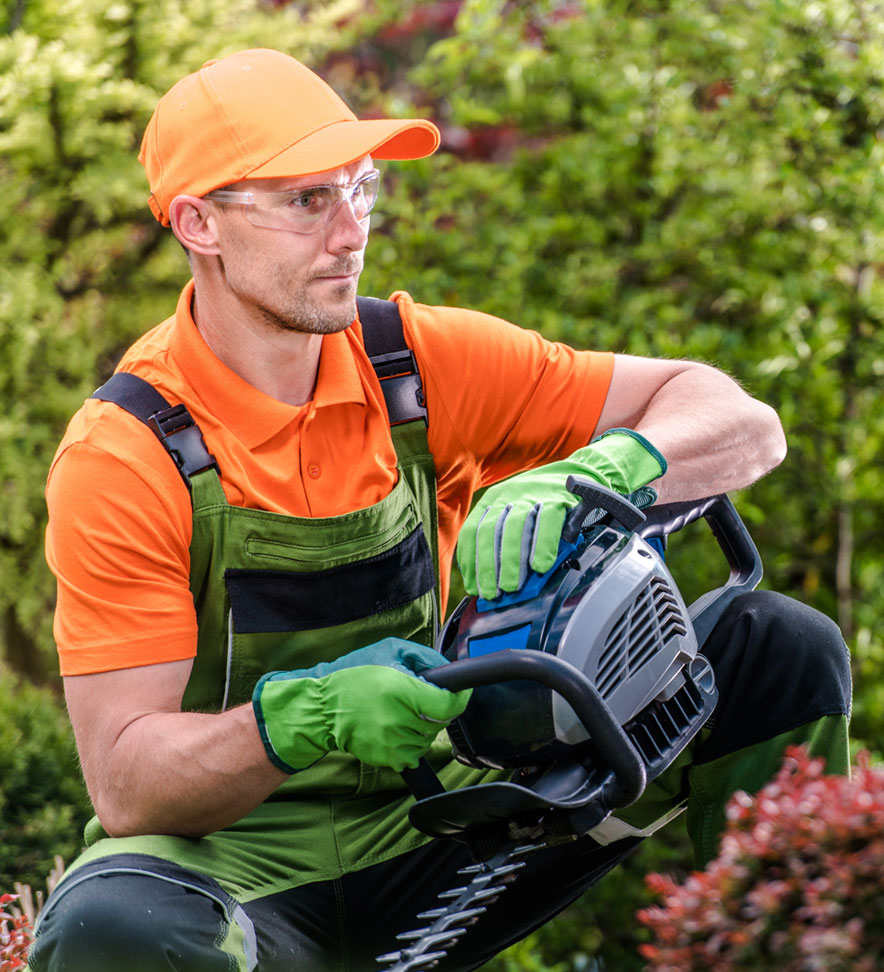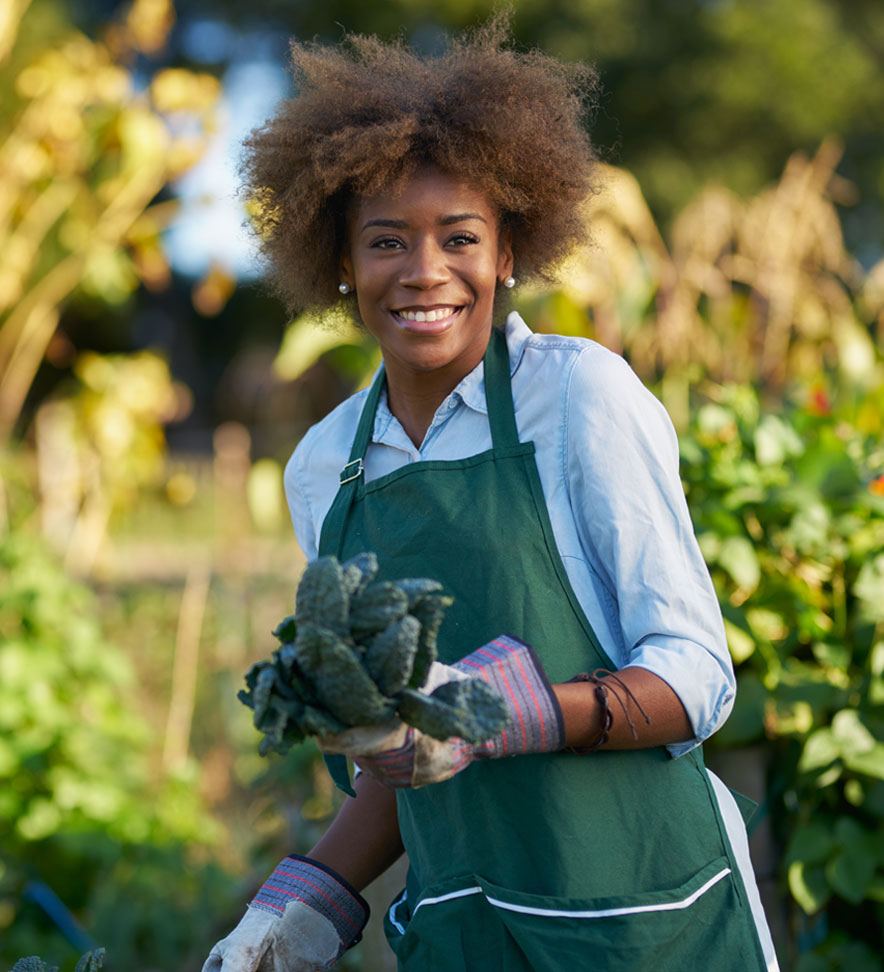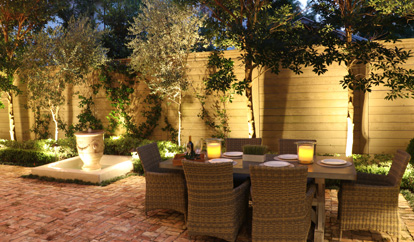Frequently Asked Questions
Welcome to our Frequently Asked Questions, where we address common inquiries about landscape design. Explore answers to popular queries to learn more about how we can transform your outdoor space.
The design process is the time that you, the client, spends with the landscape Architect on the conceptual vision of your outdoor space or garden. Every designer or firm has a unique process, yet generally will start with visiting your site and asking key questions about your ideas and especially your budget. The length of the time spent on the design will vary based on the size of the project, the number and complexity of elements, the site constraints, and the number of changes made during the design process. The more clearly the client understands their scope of work, the fewer revisions are required. Once the designer has developed a clear understanding of the client’s desired end result, a conceptual plan is created for the first presentation meeting, which will include the square footage of the primary elements along with key specimen trees and/or shrub plantings. During the meeting the design elements are reviewed and refined, so that a preliminary budget can be produced to help further target the investment in your project. If required for a further clarification, perspective views and/or digital 3-D models can be created based on site photos using several different programs that will illustrate the correlation between different design elements, textures and or colors. We use Sketchup, Procreate and Prolandscape to produce the renderings. Once the plans are approved we will create a dimensioned set of plans that we will use to implement your dreams.
There are two interconnecting pieces to consider: landscape design area and desired landscape features or amenities. For instance, if you are looking to include new patio, patio cover or pergola, flower garden and meandering paths, your are gong to need a relatively extensive landscape area.
Often during the design process, we encourage creating a landscape master plan. A budget can be produced from the square footage areas on the master plan. If it makes sense financially to proceed with construction in steps or stage, a sitewide design will ensure a functional and cohesive final design and thus a finished project. Even if you envision installing a pool, sports court or outdoor kitchen in a later phase, it makes sense to design the element now, so that the future construction costs are as low as possible.
As far as design features go, it will help to draw up a list of your desired elements before an initial design meeting. Browsing inspiration online on places such as Houzz, Pinterest and google will help to clarify your needs so that you can clearly communicate your thoughts, wants or dreams.
We suggest creating a folder or digital file of images and text that can be shared with your designer that clearly communicates your thoughts, feelings and end result.
The following is a list of plant materials for Full Sun that we have found to grow well in our local soils along with the color of their flowers.
- Plumbago White and Blue Flowers pair well with Yellow, Orange & Red Lantanas.
- ‘Limelight’ Hydrangea with its Conical light yellow-white flowers are a wonderful addition to a planting palette
- Bicolored Iris with Yellow and White flowers are strong accent plants.
- Foxtail Ferns with their soft yellow-green feather-like leaves adds a beautifully accent.
- Dianella with its beautiful variegated foliage complements Green Hedges.
- Drift Roses provide an almost year round color display with their various colors from elegant white to peach, pink and orange.
- Knock-Out Roses are always great as a medium accent shrub.
- Loralpetulums bring about a dark purple-green color foliage affect and their small pink flowers are an extra plus.
- Canna Lilies, a tropical superstar, bloom all summer long in a range of colors.
- Day Lilies are a beautiful delicate strap-leafed plant with delicate bell shaped yellow flowers.
- Salvias, bloom with purple-blue flowers all long summer long.
- Salvia Greggi does great in hot afternoon sun with red, pink and white.
- Texas Sage does great with full sun is a flowering shrub with deep Lavender flowers.
- Indian Hawthorn is a compact shrub with white or pink flowers.
- Sunshine Privet, a great bright chartreuse green shrub does well as an accent or as a hedge.
- Dwarf Crape Myrtles add great summer color without too much height.
The following is a list of plant materials for Full Shade that we have found to grow well in our local soils.
- Gardenias can add a beautiful fragrance fromm soft white flowers and glossy green leaves. They must be well protected.
- Hydrangeas well planted in a freely draining soil can give your garden a Southern Charm.
- Holly ferns are Houston’s toughest Fern and add a woodland feel
- Small Japanese’s Maples add a delicate touch to any corner spot in the shade garden.
- Foxtail ferns are a great addition to the edges of a shade garden.
- Camellias can be a great medium size flowering shrub as back drop or a focal point.
- Japanese Tulip Magnolias add a beautiful Lavender flower accent in spring and their large light green leaves add light to the shade garden.
- Hosta’s add a tough of lime-green delight to the pathway edge.
- Purple Glover combined with ‘black magic’ elephant ears add a sense of mystery to the shade garden border.
- Turk’s Cap is a Texas native with a small hat shaped flower and heart shaped leaves.
- Azaleas are one of Houston’s best light shade plants.
- Cast-iron shrubs are Houston’s best deep shade foliage plant, planted in large groups nothing says LUSH in a shade garden better.
- Coleus and Caladiums are two of the best perennials to add color and texture to the shade garden.

Jacob Voss
Project Manager
Lorem ipsum dolor sit amet, consectetur adipiscing elit. Morbi sollicitudin ante nisl, non feugiat null fermentum lobortis. Aenean placerat ipsum ut velit elementum, in sodales tellus viverra. Phasellus vestibulum, ex non lobortis faucibus, odio nibh luctus massa, id volutpat risus nibh.

Alex Ledman
Grounds & Landscaping
Lorem ipsum dolor sit amet, consectetur adipiscing elit. Morbi sollicitudin ante nisl, non feugiat null fermentum lobortis. Aenean placerat ipsum ut velit elementum, in sodales tellus viverra. Phasellus vestibulum, ex non lobortis faucibus, odio nibh luctus massa, id volutpat risus nibh.

Cliff Branch
Trees & Rockery
Lorem ipsum dolor sit amet, consectetur adipiscing elit. Morbi sollicitudin ante nisl, non feugiat null fermentum lobortis. Aenean placerat ipsum ut velit elementum, in sodales tellus viverra. Phasellus vestibulum, ex non lobortis faucibus, odio nibh luctus massa, id volutpat risus nibh.
Some of Our Work
Learning the aspirations and dreams of his clients is an honor and crafting a shared vision is the perfect outcome. Chris truly embraces the challenge of transforming that vision into an actual and uniquely authentic place.


Let’s Get Started
Your perfect retreat awaits. Let’s get the ball rolling on your new Artscape garden.

